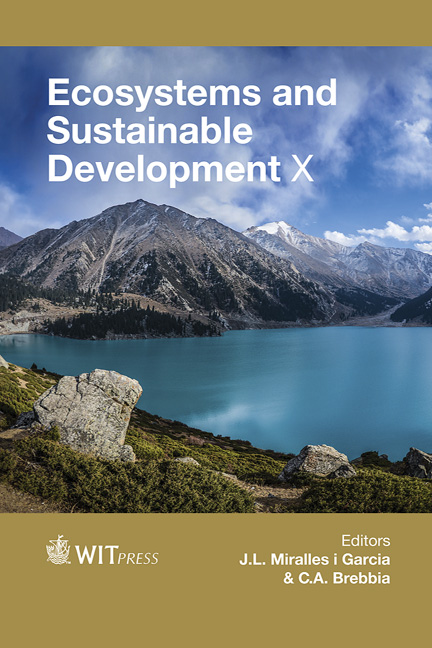Productive Performance Of Small Peri-urban Farms Using Self-organizing Maps And Data Envelopment Analysis
Price
Free (open access)
Transaction
Volume
192
Pages
13
Page Range
133 - 145
Published
2015
Size
341 kb
Paper DOI
10.2495/ECO150131
Copyright
WIT Press
Author(s)
A. P. S. Rubem, A. L. de Moura, E. de Oliveira, J. C. C. B. Soares de Mello, L. A. Alves, R. S. Tavares
Abstract
In this paper, we aim to analyze the productive performance of plots cultivated by family farmers. We use an alternative Data Envelopment Analysis (DEA) approach to calculate the relative efficiency of such plots. Notwithstanding, DEA’s basic assumption includes the homogeneity of the production units under analysis. Herein, as the chemical composition of the soil varies considerably among plots, directly influencing their fertility, and, thus, their productivity levels, the plots shall be grouped into homogeneous clusters first. For that, we use Self-Organizing Maps, based on their comparative advantages to other methods. Then, the relative efficiencies of plots within each cluster will be assessed using separate DEA models. Nonetheless, a direct comparison among the scores of plots from different clusters is not feasible, because the relative efficiency of a production unit can solely be compared to those inserted in the same set of analysis. Hence, to overcome such inconvenience, we further apply a technique that allows compensating for the non-homogeneity of plots. The results indicate that, when countervailing the effects of the chemical composition of the soil, the plots with favorable conditions do not necessarily present better productive outcomes.
Keywords
sustainable development, data envelopment analysis, efficiency analysis, peri-urban spaces, self-organizing maps





